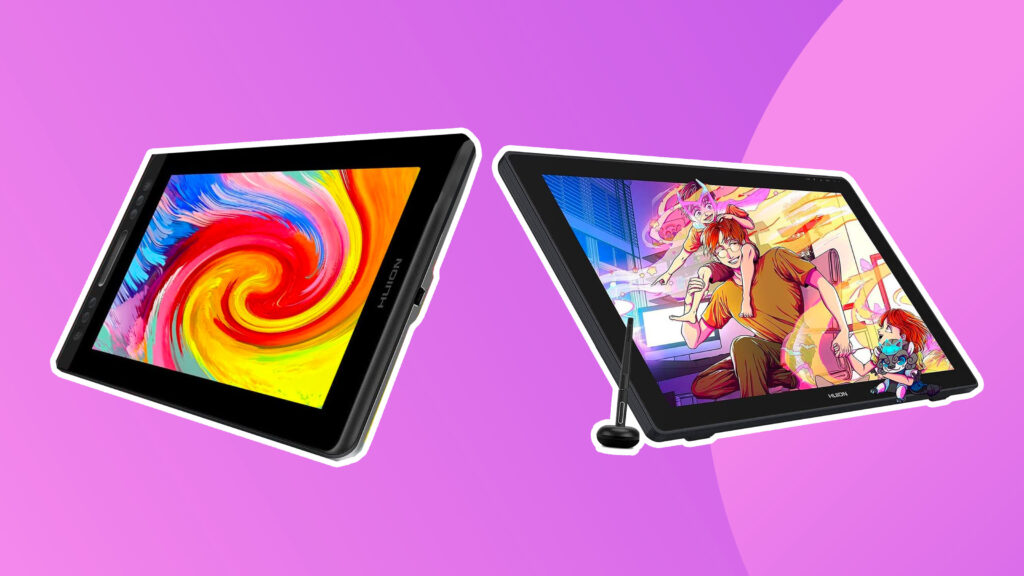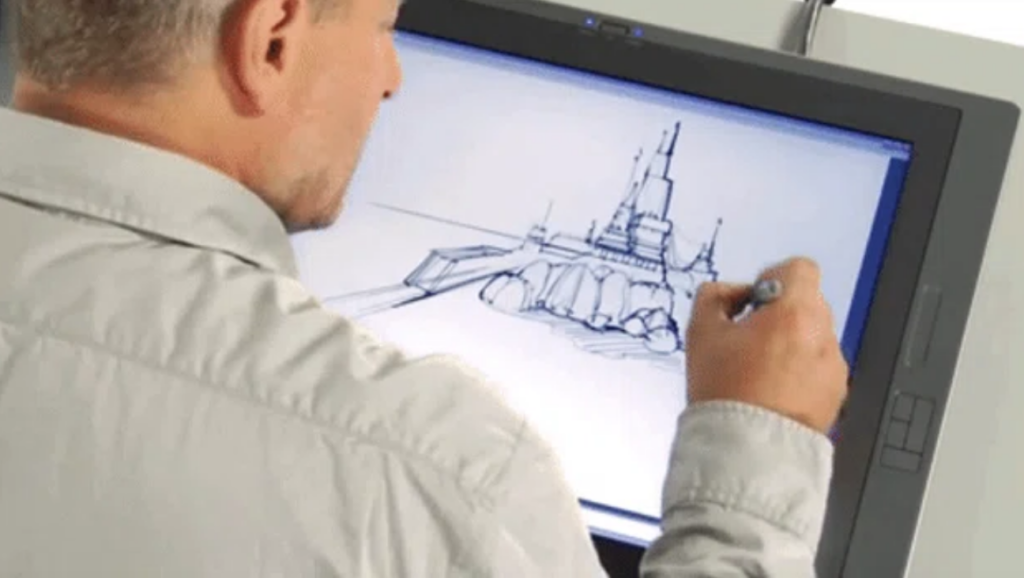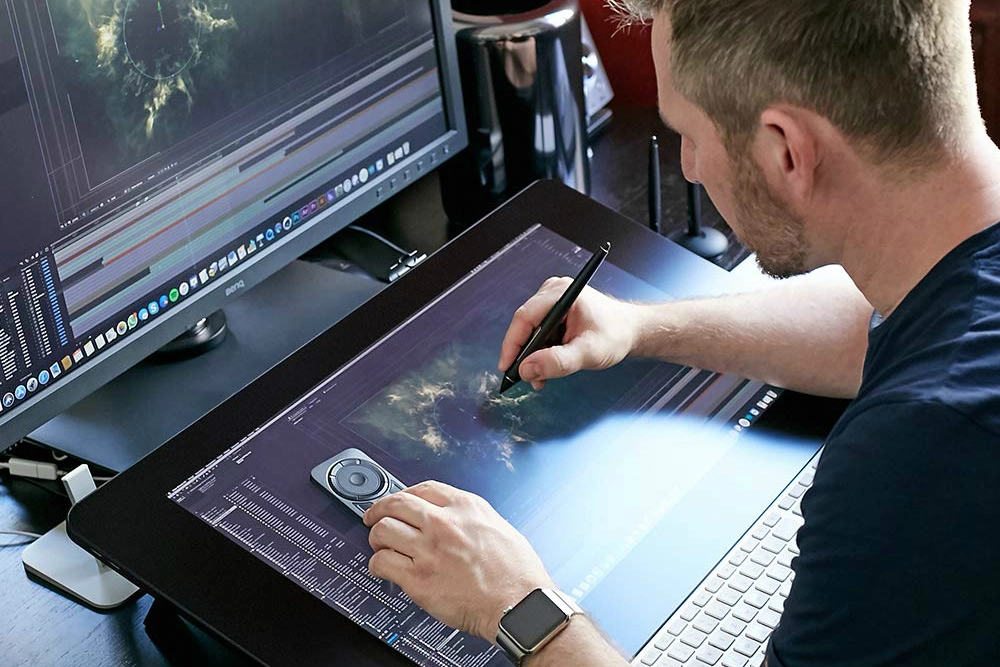3D modeling has emerged as a powerful tool for creating stunning visual masterpieces. The ability to transform imagination into reality has become paramount for artists and designers.
One essential element that has revolutionized the way 3D modeling approaches is the advent of drawing tablets. These cutting-edge devices have opened a world of possibilities, unleashed creativity and pushed the boundaries of what is achievable in the digital realm.
In this article, we will explore how drawing tablets help with 3D modeling, discuss the key factors to consider when choosing the ideal drawing tablet for 3D modeling, and delve into the multitude of benefits they offer artists and designers. Let’s dive right into it!
How Does a Tablet Help with 3D Modeling?

Source: creativebloq.com
Drawing tablets bridge the gap between traditional art and digital design, offering a seamless and intuitive interface that significantly enhances the 3D modeling process.
Unlike a mouse or trackpad, drawing tablets allow artists to draw directly on the surface with a stylus, offering unparalleled precision and control.
This direct interaction provides a more organic and natural workflow, as artists can effortlessly replicate the feeling of sketching on paper, translating their ideas into virtual three-dimensional space.
Pressure Sensitivity and Accuracy
When selecting a drawing tablet for 3D modeling, a crucial factor is its pressure sensitivity and accuracy. The pressure sensitivity of the stylus determines how effectively it can mimic the variations in pressure exerted by the artist while drawing.
A tablet with higher levels of pressure sensitivity, preferably 2048 or more, is recommended for artists seeking a fluid and expressive modeling experience. Additionally, pinpoint accuracy is essential for intricate detailing and precision work in 3D modeling.
Active Area and Screen Size
The active area refers to the portion of the tablet’s surface that responds to the stylus input. For 3D modeling, a larger active area is preferred as it allows artists to make broader strokes and gestures, reducing the need for constant panning and zooming.
Additionally, screen size plays a significant role in determining the user experience. Larger screens enable artists to work with more substantial detail, making manipulating intricate elements in their 3D models easier.
Multi-Touch and Shortcut Keys
Multi-touch capability in a drawing tablet can streamline the 3D modeling process. Multi-touch gestures such as pinch-to-zoom rotate, and pan provide.
Furthermore, customizable shortcut keys on the tablet and stylus enabled artists to assign frequently used functions to specific buttons, such as undo, redo, and brush size adjustments. These shortcuts save valuable time and enhance productivity, allowing artists to focus on their creative flow without interruptions.
Compatibility and Software Support
Ensuring compatibility with the preferred modelling software is essential when investing in a drawing tablet for 3D modeling. The tablet should be fully compatible with popular 3D modeling programs such as Blender, Autodesk Maya, ZBrush, and Cinema 4D.
Seamless integration between the tablet and software ensures a smooth, glitch-free workflow, maximizing the artist’s potential.
Benefits of Using Drawing Tablets for 3D Modeling:

Source: architizer.com
The advantages of incorporating a drawing tablet into the 3D modeling workflow are multifaceted, revolutionizing how artists approach their creations.
-
Enhanced Precision and Artistic Control
Drawing tablets offer unparalleled precision and control, allowing artists to sculpt their 3D models with the finesse and subtlety that traditional tools often lack.
The pressure-sensitive stylus manipulates line thickness, texture, and form, enabling artists to create highly detailed and realistic 3D models.
-
Seamless Workflow and Versatility
Drawing tablets create a seamless transition from traditional sketching to digital modeling, allowing artists to work in a medium they already know.
Additionally, these tablets offer versatility beyond 3D modeling as powerful tools for digital painting, sculpting, and illustration.
-
Real-Time Visualization and Iteration
With the ability to draw directly on the tablet’s screen, artists can instantly visualize their changes and adjustments in real time.
This immediate feedback loop encourages experimentation and exploration, leading to faster iterations and better results.

Source: spy.com
Conclusion
Drawing tablets have revolutionized the 3D modeling landscape, empowering artists and designers with unprecedented creative freedom and control. When choosing the ultimate drawing tablet for 3D modeling, factors like pressure sensitivity, accuracy, active area, screen size, multi-touch capability, and software compatibility play a crucial role in enhancing the overall experience.
The benefits of using drawing tablets extend far beyond mere convenience, unleashing the full potential of creativity and unlocking new realms of artistic expression in 3D modeling.



